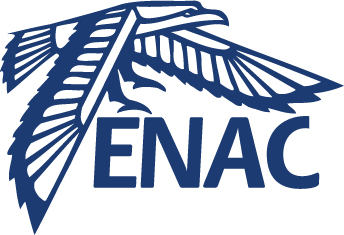Shipborne vertical profiles of dust aerosols obtained with Unmanned Aerial Vehicles in the Mediterranean and the Middle East: First results of the AQABA campaign
Résumé
Atmospheric aerosols have a large role in the earth climate through direct or indirect effects on the radiative energy budget. As the aerosol characteristics are highly variable spatially and in time, observations of these characteristics are needed in regions, where the climate change effects are the most severe. One of these types of hotspots is the East Mediterranean and Middle East (EMME region) (Lelieveld et al., 2012), however, high quality in-situ observations in the Middle East and Arabian Peninsula region are still missing. To gain such a high quality observations in this region, the "Air Quality and climate change in the Arabian Basin" (AQABA) oceanographic campaign was organized during summer 2017, shipping from France, through the Suez Canal and around the Arabian Peninsula to Kuwait and back to France. The total length of the campaign was more than 2 months. A wide spectrum of environmental conditions was encountered during the campaign, ranging from pristine conditions over the Indian Ocean, to dusty (low polluted) atmosphere in the Red Sea affected by the Saharan dust and the highly dusty and polluted Gulf. To add on the remote sensing data of aerosol characteristics above the sea surface collected on the ship, the Cyprus Institute's Unmanned Systems Research Laboratory (USRL) team deployed Unmanned Aerial Vehicles (UAVs) to gain in-situ observations of aerosol properties inside and above the marine boundary layer. A small, fixed wing UAV was hand launched from the ship, which then climbed up to 2000 m (a.s.l.) and then returned to the ship and landed on a net. A modified AlphaSense N-2 Optical Particle Counter (OPC) was used on board the UAV to observe the number size distribution of aerosol particles (range: 0.38-17.5 µm, with 16 channels). Meteorological parameters (T, RH and P), as well as a video was recorded also. A total of 16 Successful flights were made, mostly in the Mediterranean and in the Persian Gulf, with few flights in the Red Sea and the Arabian Sea. The presentation will show data acquired on board the UAVs and comparison with ceilometer data obtained on the ship to identify possible dust layers and other interesting events. The differences in aerosol size distributions inside and above the boundary layer will be discussed, as well as any interesting case studies or events during the measurements.
Domaines
Automatique / Robotique| Origine | Fichiers produits par l'(les) auteur(s) |
|---|



